The road map was marked by cocina povera in ancient monasteries and stately homes, fresh foods in agriturismo farm houses and saffron ice cream in a hill top town
Movies like Under the Tuscan Sun, The English Patient, and scenes from Twilight (New Moon) filmed in Montepulciano made Tuscany popular to the younger generation. But the central Italian region makes for much more than just a pretty film backdrop.
There are picturesque towns with landscapes of rolling hills, wheat fields and roads lined with Cyprus trees. Some of the region’s most popular beaches are in Livorno or the island of Elba (where Napoleon was exiled). Art aficionados can immerse themselves in Florence, a city of sculptures, paintings and Renaissance architecture. Those with a taste for the medieval can head to Siena’s Il Campo piazza. Turing the months of July or August, there is a no-holds-barred Palio horse race. It was the food, however, that connected the travel experience through the different places.
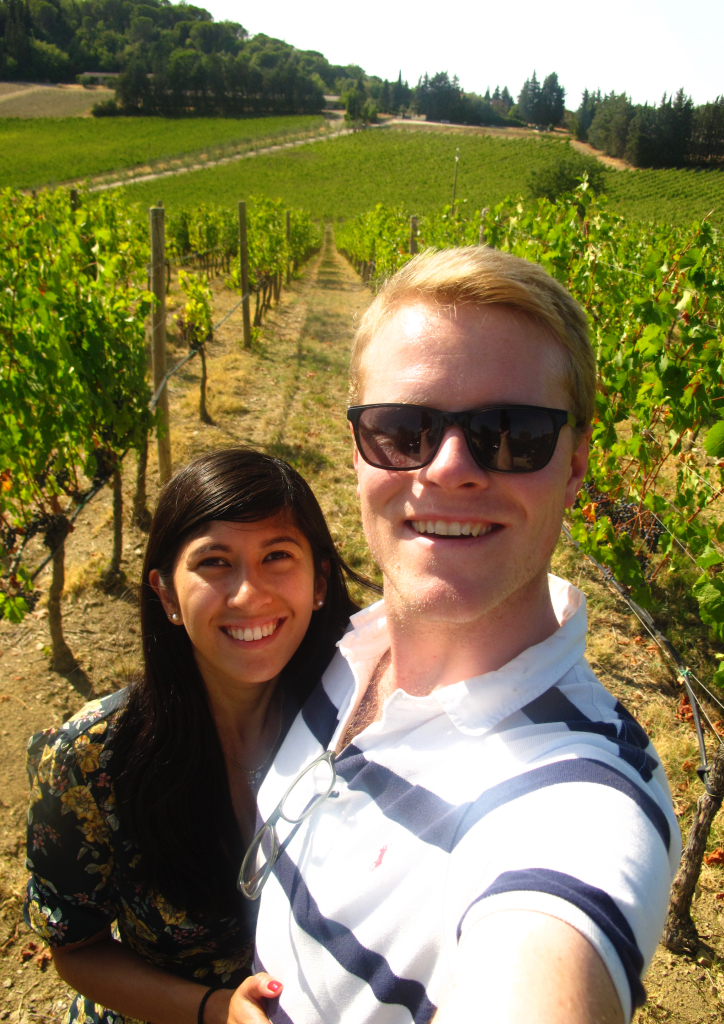
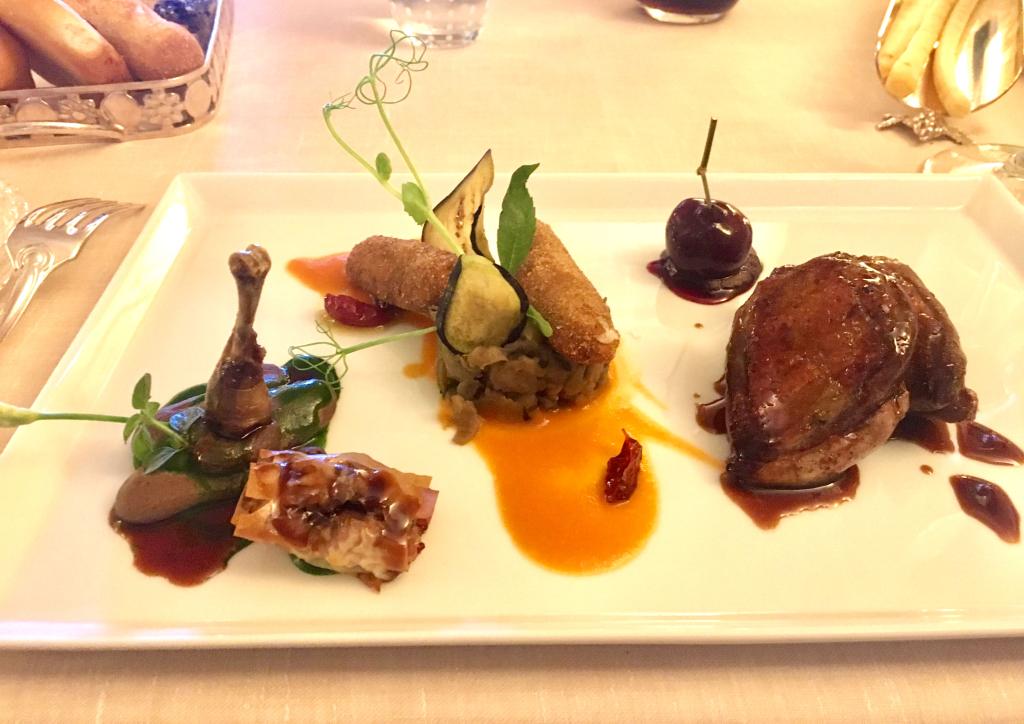
Michelin-starred Game Food
Tuscan food is often called cucina povera or peasant food. Dishes from simple, fresh ingredients are served up in big portions. These are best described as hearty, satisfying, and soulful. Soups are a favorite of the region and are a common way to start a meal. Game meat, like rabbit and pigeon, are served as entrees or added to pasta sauces.
There are over 34 Michelin-starred restaurants throughout Tuscany. A recent road trip with my boyfriend became a culinary tour that started in Badia di Passignano. This is an ancient monastery, built in 395, is located in the Chianti Classico region. The Vallombrosian monks still live on the grounds and tend to the vineyards and nearby farmland. The town only has a population of around 50 people, but visitors arrive daily to sample the Chianti Classico Riserva wine, which is aged in the monastery’s cellars.
Another of the abbey’s hidden gems is the Osteria di Passignano, an unassuming one-star Michelin restaurant nestled within the monastery grounds. Founded by the Antinori family, who are now the 26th generation of winemakers, the osteria takes pride in young chefs who take inspiration from traditional Tuscan recipes and add their own modern spin to the dishes. Many of the guests at the restaurant treat their meal as the perfect ending to a day of wine tasting on the estate.
The seasonal menu is rustic and inviting. One standout dish was pigeon three ways–pan-fried breast, a drumstick stuffed with dried fruits, and liver paté that was made to look like a cherry. Unsurprisingly, the wine list is extensive and has gone through careful selection by renowned Tuscan chef Marcello Crini.
RELATED READS: You Can Now Go on Safari…in Cebu

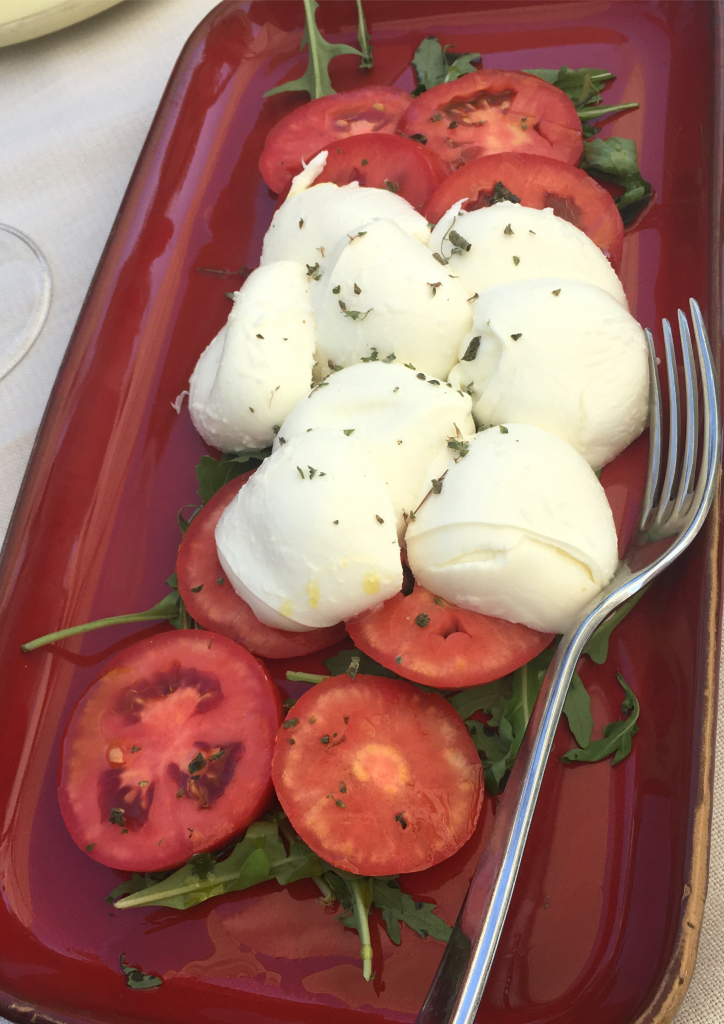
Farm Life
The choice for a weekend stay was agriturismo or a farm stay. This type of accommodation provides an experience of living and staying on a working farm, where guests enjoy benefits as tasting fresh meat, produce, and local wine available there. Arezzo is a province in the less touristy East Tuscany, situated only an hour by train from Florence. Driving through Arezzo is an adventure in itself, passing the Santa Maria della Pieve church with its imposing pillars to the Medici fortress with its traditional militarist architecture.
We chose to stay in La Cantina Relais, which sits on the Il Cipresso farm. The farm has over 2,500 olive trees and over four hectares of vineyards. All products from the farm are grown organically without the use of any pesticides. Guests stay in one of the villa’s seven suites, which are all impeccably decorated to make visitors feel like they are at home.
The little restaurant in front of the villa was a gastronomical delight. The staff of little Italian ladies made memorable dishes from fresh fruits and vegetables grown just feet away. Wine was produced from the farm’s own vineyard, olive oil from trees on the grounds, and honey from their own bees. A caprese salad of tomatoes, mozzarella, basil, and olive oil was the height of freshness and succulence. It would be difficult to have regular grocery-bought tomatoes after that!
RELATED READS: 5 Awesome Things to Do in Siem Reap: Cambodia Through the Eyes of a Millennial Traveler
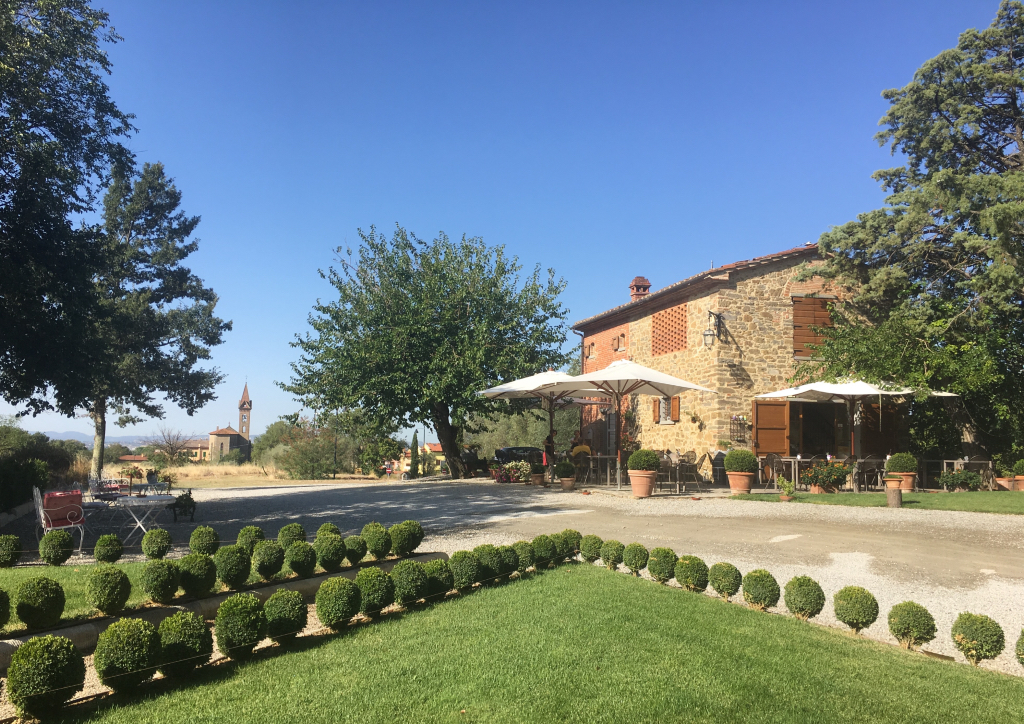

A Culinary Treasure Hunt
“So will you be following a pig or a dog?” This was probably the number one question I got asked by family and friends when they learned I was going on a truffle hunt in Tuscany. Interestingly, it is now illegal in Italy to use pigs to hunt truffles because their noses tend to ruin the soil and the surrounding land. Instead, we had a lovable pooch named Choco who accompanied us on our hunt.
San Miniato is a town that sits high between Pisa and Florence. Despite being accessible, I was surprised that San Miniato wasn’t on the radar of other travelers. The town is well-known for its truffle population. Aside from the more common summer black truffles, the sought-after white winter truffle can also be found in San Miniato’s forests.
L’Associazione Tartufai delle Colline Sanminiatesi is a group of families who gather truffles. They have organized themselves together with the local municipality to ensure that the white truffle of San Miniato is harvested and marketed in the most sustainable way. These families all have their own secret hiding trails, well-trained dogs, and unique styles when it comes to truffle hunting; the practice is treated as both an art and a science.
The meeting point for our tour was at the truffle hunter’s actual home in Fattoria Collebrunacchi. Our guide, Francesca, had a number of dogs who help her hunt for both truffles and wild boars. On our hunt, she chose to take Choco, a Lagotto Romagnolo, which has become the go-to dog breed for truffle hunting. We headed off into the woods next to Francesca’s house. She talked to Choco in Italian and asked him “Dove sono i tartufi?” (Where are the truffles?) over and over again. Choco can smell truffles up to 100 meters away. Once he picks up a scent, he heads over to the spot and starts to dig.
RELATED READS: Be Suspended 192-feet Above Ground in Auckland’s Skywalk Activity and Live to Tell the Tale
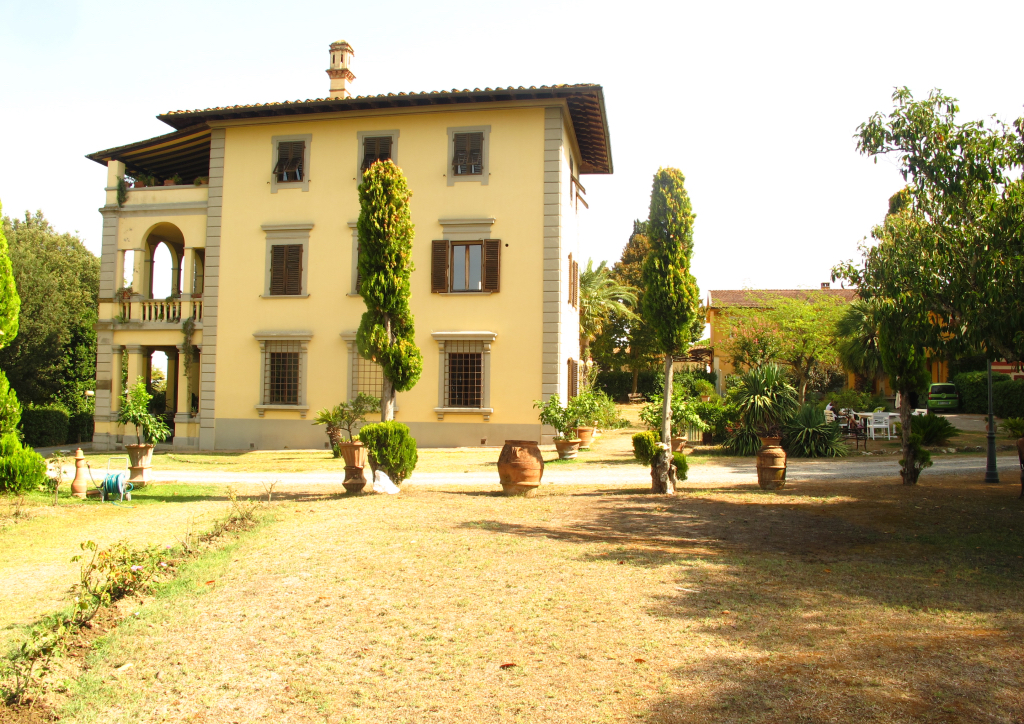
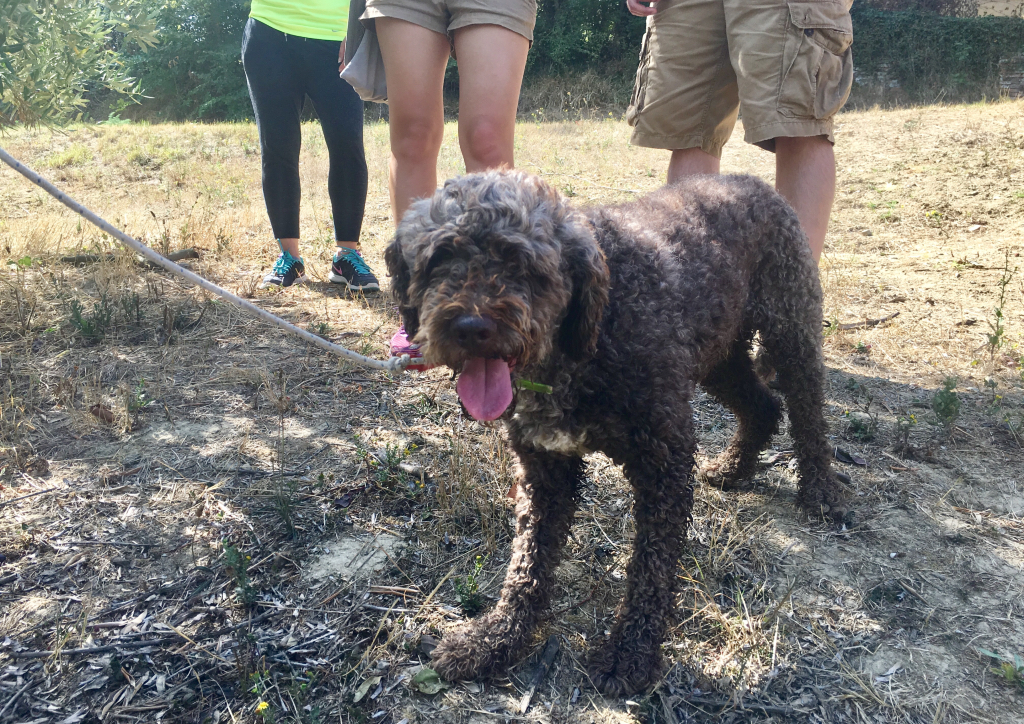
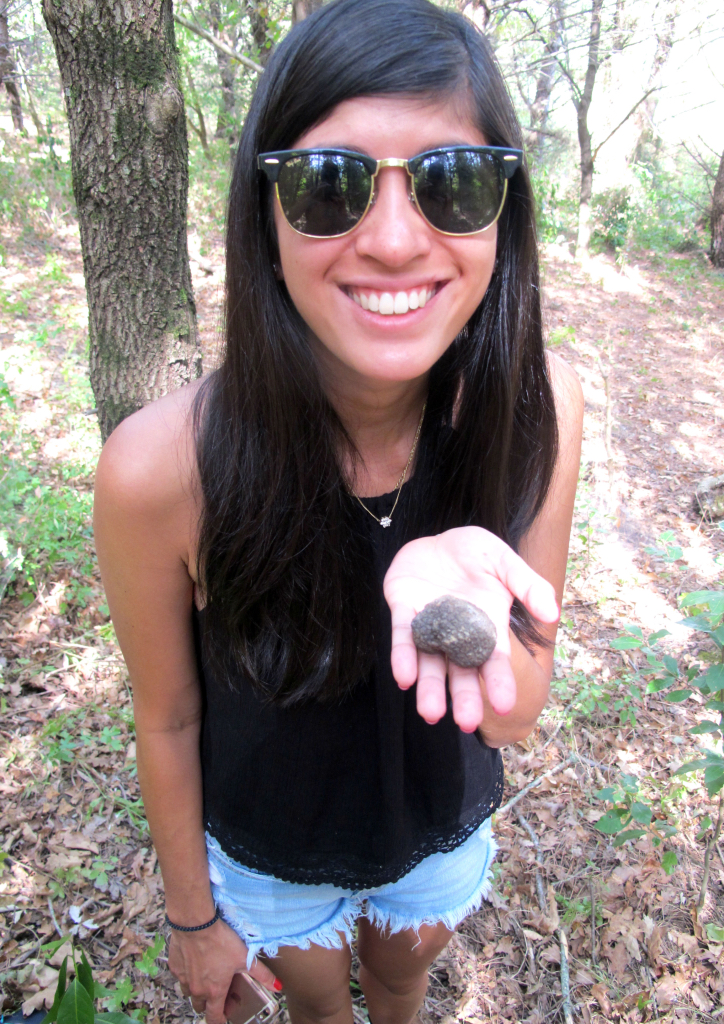
During our tour, we found about four different truffles. Francesca also revealed that she has her own notebook where she keeps track of her favorite spots and doesn’t ever reveal these secret places, not even to her husband, who also has his own notebook. Once back at her house, Francesca led us to the dining room of her beautiful, stately home. Francesca had some products on display for purchase such as olive oils, wines, jams, and honey. However, there was no sight of any truffle oil. Francesca explained that truffle oil is a major “no no” due to the chemical qualities in truffles that aren’t a fit for oils. She also said that when it comes to truffles, it’s only the black truffles that can be cooked, while white truffles should always be served raw.
Lunch at Francesca’s house was prepared by her team of chefs. We started with pappa di pomodoro, which is a traditional Tuscan soupy dish made with tomatoes, basil, olive oil, and garlic. Bread is added to thicken the soup and make it more filling. Our first truffle dish had lots of different elements. Crusty bread served with a runny egg, which was topped with candied bell peppers and shaved black truffles. This was followed by bresaola, stuffed with citrus and finished with another helping of shaved truffles. The star of the meal was a truffle pasta, much different from the creamy, cheesy varieties in most restaurants. This one had olive oil, garlic, black pepper, and a generous shaving of truffles on top. We were also served some cantuccini, or Tuscan biscotti along with some Vin Santo, an Italian dessert wine. The truffle hunting tour and lunch is highly recommended for the food lovers.
RELATED READS: Five Days in the Hermit Kingdom: Bhutan Through the Eyes of a Millennial Traveler
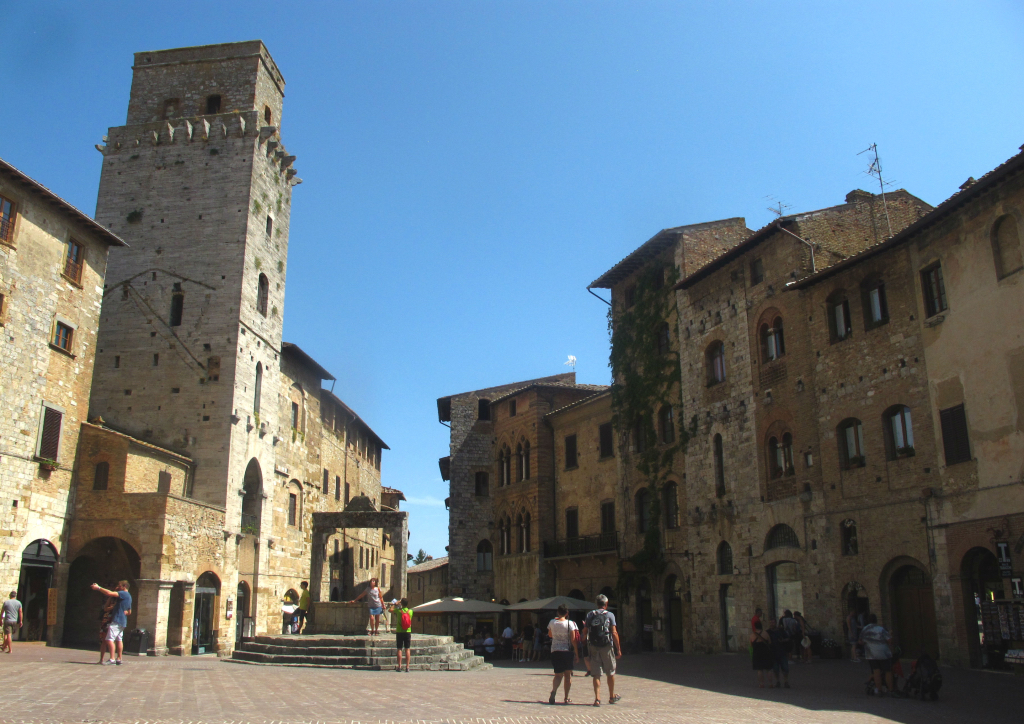
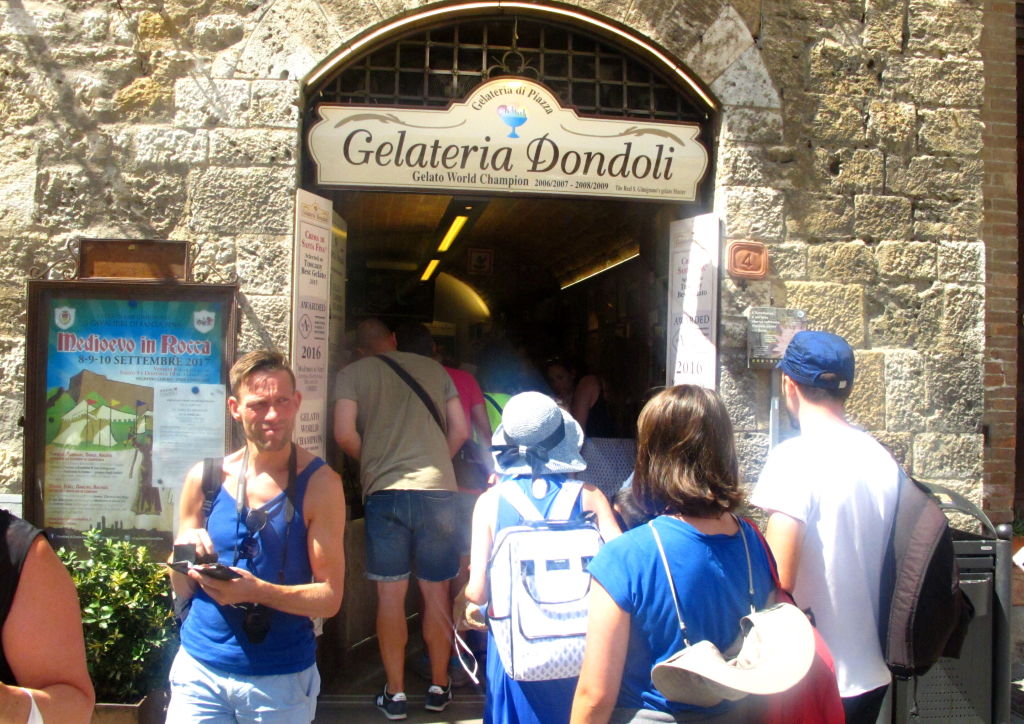
Sweet Endings in San Gimignano
The hilltop town of San Gimignano has become popular with tourists in recent years. Preservation works restored the medieval towers that now dominates the skyline and piazza.
During the 1200s, the town commune repaid its debts not with cash, but saffron. This “red gold” helped to build the town’s famous towers. It is now forever associated to San Gimignano’s culture, heritage, and cuisine. Extracted from the crocus sativus flower, saffron is a red-tinted spice, more commonly used in Indian and Middle Eastern cuisine. Within Europe, it’s responsible for the orange color in the Spanish paella and the deep flavors of the French bouillabaisse.
Today, saffron flavors the city’s Golden Ham, which is dry cured with saffron, and even in the most popular Italian sweet treat, the gelato. The Gelateria Dondoli sits in San Gimignano’s central Piazza della Cisterna. The queues that snake out through the door and into the piazza are a daily sight, but the skilled gelato wizards inside ensure that things move quickly.
Sergio Dondoli calls his gelateria a “laboratory of taste.” He has concocted a variety of unusual flavors such as pink grapefruit with sparkling wine, cream with aromatic herbs, and, unsurprisingly, saffron and pine nut gelato. For such, the lines outside his shop are a daily sight, even in the cold months. It was with cones of saffron ice cream that the Tuscan feast came to a sweet and memorable finish. Tuscany, we’ll be coming back for more.
RELATED READS: Mamilla Hotel: A Fine Address in Jerusalem





